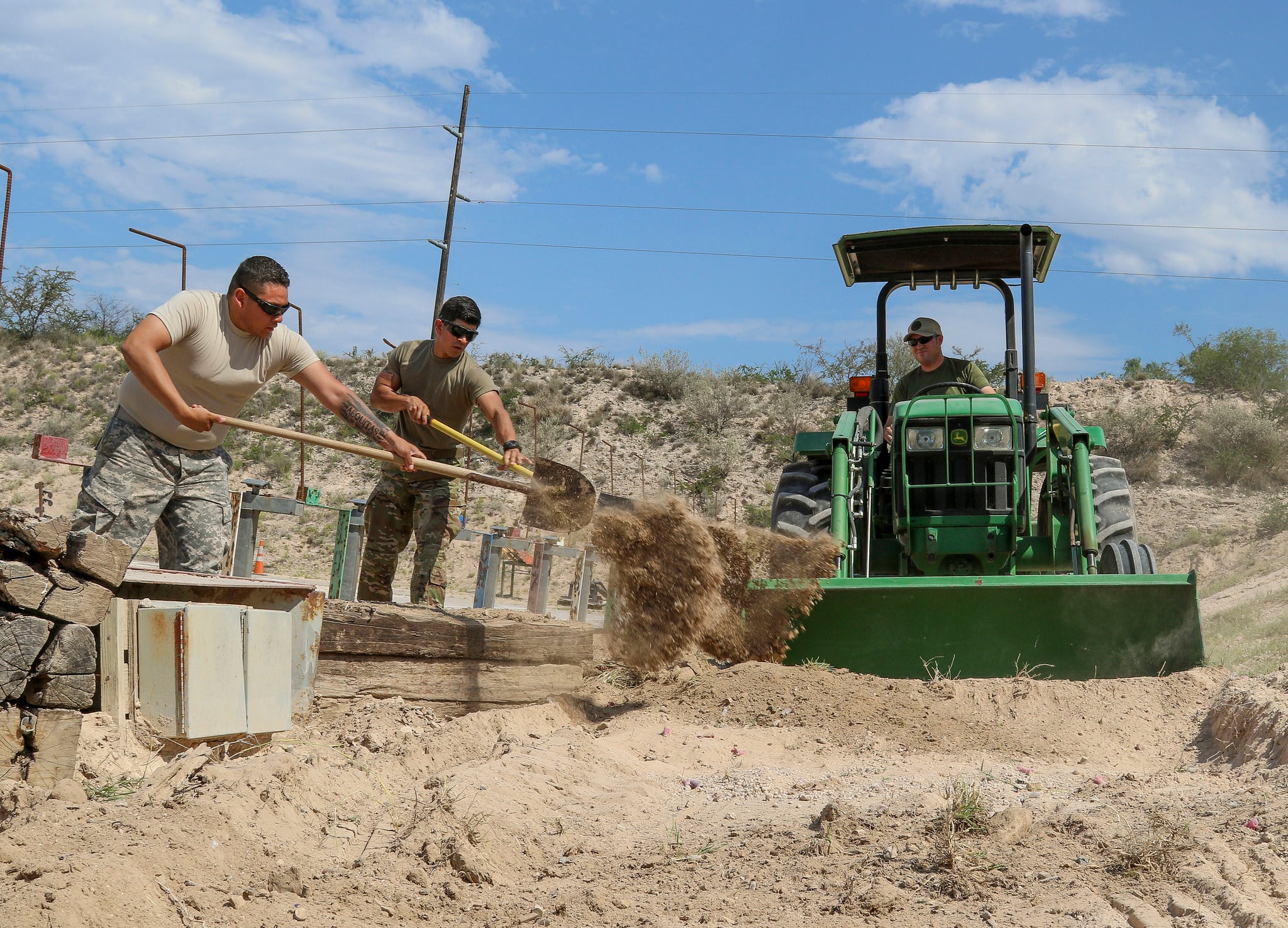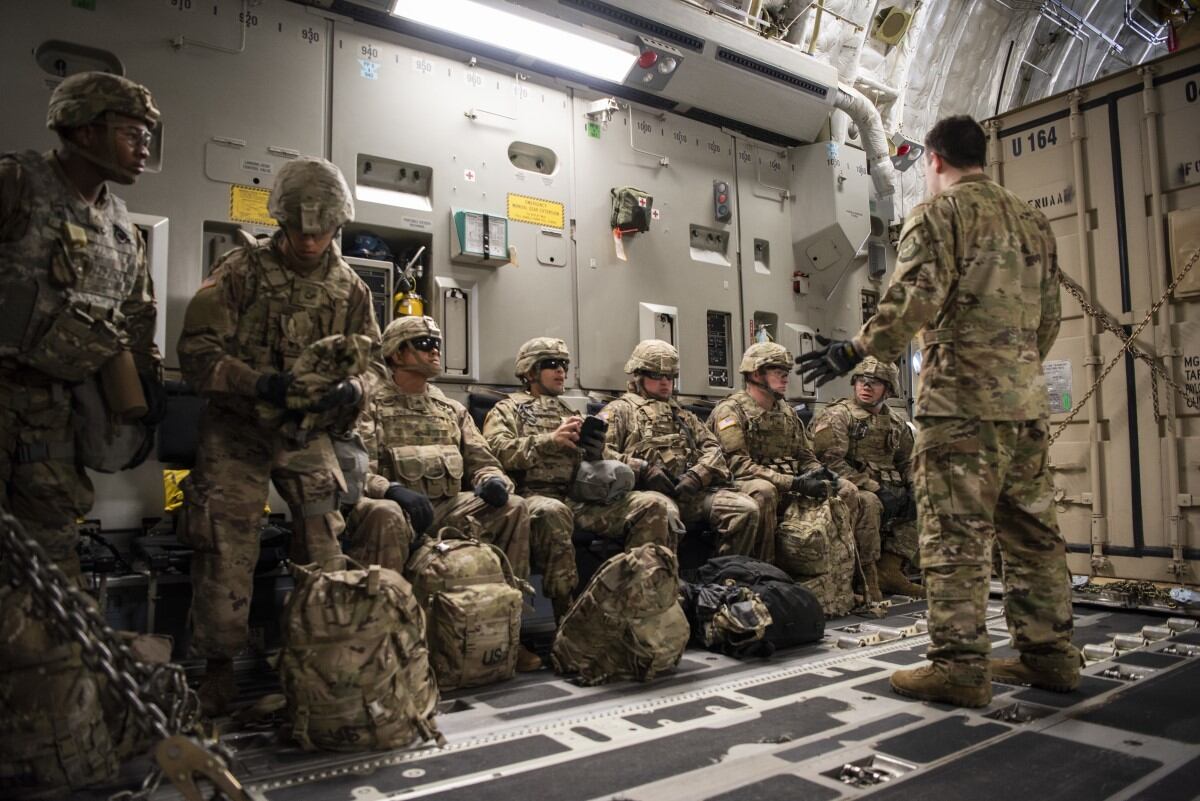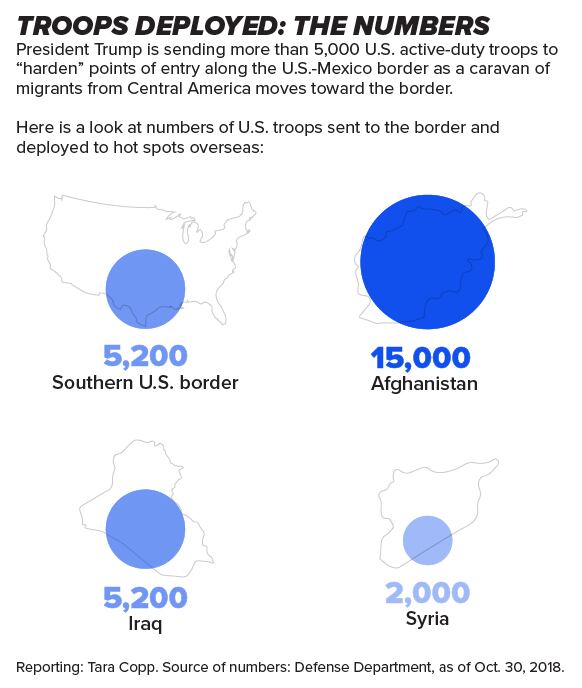The 5,200 troops mobilizing to the U.S. southern border are headed there to deter a caravan of migrants, but some of the direct threats they are preparing for are homegrown, according to documents obtained by Military Times.
In those documents, the military is concerned about the already dangerous drug cartels that operate with impunity on both sides of the border, armed U.S. citizens taking the law into their own hands — or pilfering their gear — and far-right or far-left protesters inciting violence.
The deployment was ordered by President Donald Trump to counter a caravan of thousands of migrants who are traveling primarily by foot and aren’t expected to reach the U.S. border for weeks. The president has ratcheted up the potential threat posed by the caravan, tweeting that the caravan potentially contains terrorists, gang members and other threats.
The deployment has been questioned for its use of active-duty troops over National Guard forces, who would typically have the border security mission, and for its timing right before the Nov. 6 election.
Defense Secretary Jim Mattis, when questioned on the deployment Wednesday, took issue with the suggestion that it was political.
“We don’t do stunts in this department. thank you,” Mattis told reporters.
RELATED

In the operations order for the mission, which was obtained by Military Times, U.S. Army North stated that the reason behind the deployment was that the level of violent drug and gang activity and the influx of illegal border crossings had reached crisis levels.
“The security of the United States is imperiled by a drastic surge of illegal drugs, dangerous gang activity and extensive illegal immigration threatens the safety of citizens and undermines the rule of law,” the order states.
In the planning documents that follow, the deploying units are cautioned against homegrown militias roaming along the U.S. southern border and violence incited by extremist groups.

From the papers, the military is preparing to defend against an “estimated 200 unregulated armed militia members currently operating along the [Southwest Border]. Reported Incidents of unregulated militias stealing National Guard equipment during deployments. They operate under the guise of citizen patrols supporting [Customs and Border Patrol] primarily between [Points of Entry].”
In addition, the planning documents said, “historically, protests occur at the various [Customs and Border Patrol points of entry]” in support of immigrants and, in some incidents, cause closures. Previous protests in support of immigration caravans or enforcement of immigration law have occurred throughout the US. Normally peaceful unless extreme right or left groups attend."

Publicly, the top commander in charge of homeland defense will only say the military does not yet have a full understanding of what threats will surface from the caravan. However, some violent acts that have taken place within the caravan and the way it has forced its way through the border between Guatemala and Mexico has raised concerns that the makeup of the population traveling differs from the past.
“We are working closely with [Customs and Border Patrol] to understand the makeup and the nature of this caravan,” said U.S. Northern Command chief Air Force Gen. Terrence O’Shaughnessy. “This caravan is different than what we’ve seen in the past.”
Mattis, when pressed, has tried to make this deployment of at least 5,200 active duty forces seem like business as usual.
“We are there in support of the secretary of homeland security, who needs additional military assistance. We do this following storms, we do this in support of the Department of Homeland Security. This is a different aspect of it, but that’s what we are doing,” Mattis said Wednesday.
Tara Copp is a Pentagon correspondent for the Associated Press. She was previously Pentagon bureau chief for Sightline Media Group.




